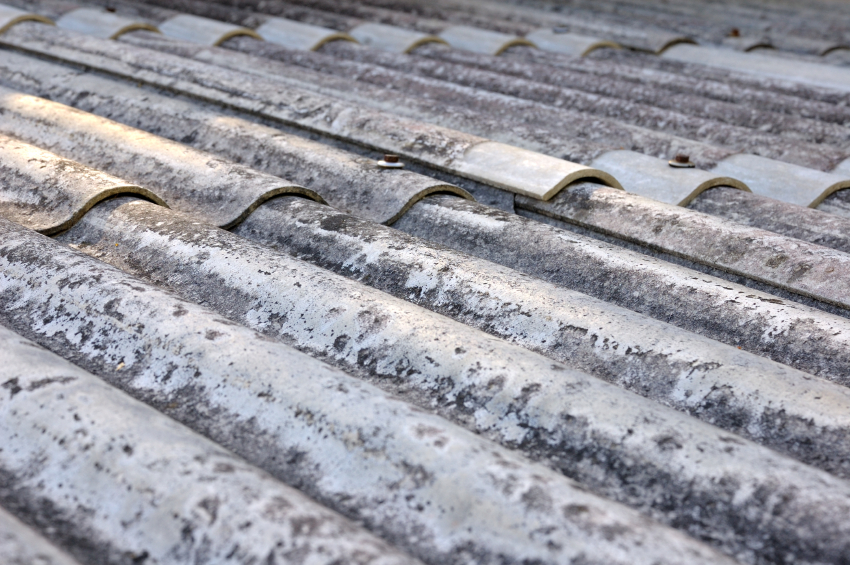Everyone has heard about the infamous material and the dangers that come along with it. So then why was it used so much, and how dangerous is it really?
Asbestos was used widely within the 1800s as a key building material due to it being strong, cheap, and resistant to many different substances such as water and chemicals. These properties meant that it could be used for many different building applications such as roof tiles, insulating board, and cladding. During the industrial revolution, there was a large increase in its use.
It wouldn’t be until 1924 when the first case of asbestosis was reported, yet after this consumption kept increasing, even with increasing concerns about the health and safety of the substance. Its peak use would be reached in the 1950s-1970s in which it is believed that more than 170,000 tonnes of it was being imported into the UK. As time went on, different asbestos types were banned, with all types of asbestos being finally banned from being used in the UK in 1999.
As alluded to, there are many different types of asbestos such as blue, white, and brown. Each has its own uses and can differ in structure, but what they share in common is that they’re all dangerous. In the UK, it is estimated that asbestos causes the death of around 5000 people per year. Its strong fibres, although great for construction, cannot be broken down when they enter the body. These fibers are incredibly sharp and cause damage to your tissue and organs. This is known as asbestosis. This can lead to a slow and painful death, with some dying decades later due to asbestos-related diseases. Some of the diseases caused by asbestos are lung cancer, ovarian cancer, and malignant mesotheloma.
Malignant Mesothelioma is a type of cancer that is specifically caused by asbestos. There are 4 types, Pleural (lungs), Peritoneal (abdomen), Pericardial (Heart) and Testicular, with 75% of the cases being Pleural, 20% being peritoneal, 1% Pericardial, and 1% Testicular. It is believed that there are 3000 cases diagnosed each year, with it most commonly being seen in over-65s due to it taking 20-50 years to develop. It is incurable, and if caught before spreading it’s estimated that the person’s life expectancy will be around 22 months. However, there are surgeries that you can have to increase the chance of survival.
Although it is a dangerous substance, it is unlikely that any student at York would suffer from asbestos or its related diseases. There are now very strict regulations, with any building built before the 2000s having regular checks. This is because it’s only dangerous when inhaled and thus it needs to be in a powdered form. Due to its natural properties, this is unlikely to naturally occur and would need human involvement.
